INTRODUCTION
The first three years of production of 2000 Honkers (2000-2002) saw the installation of Euro2 66kW Andoria engines. They did not have an intercooler, but were equipped with an exhaust gas recirculation (EGR) system. These Honkers were noticeably weaker than their younger brothers produced since 2003.

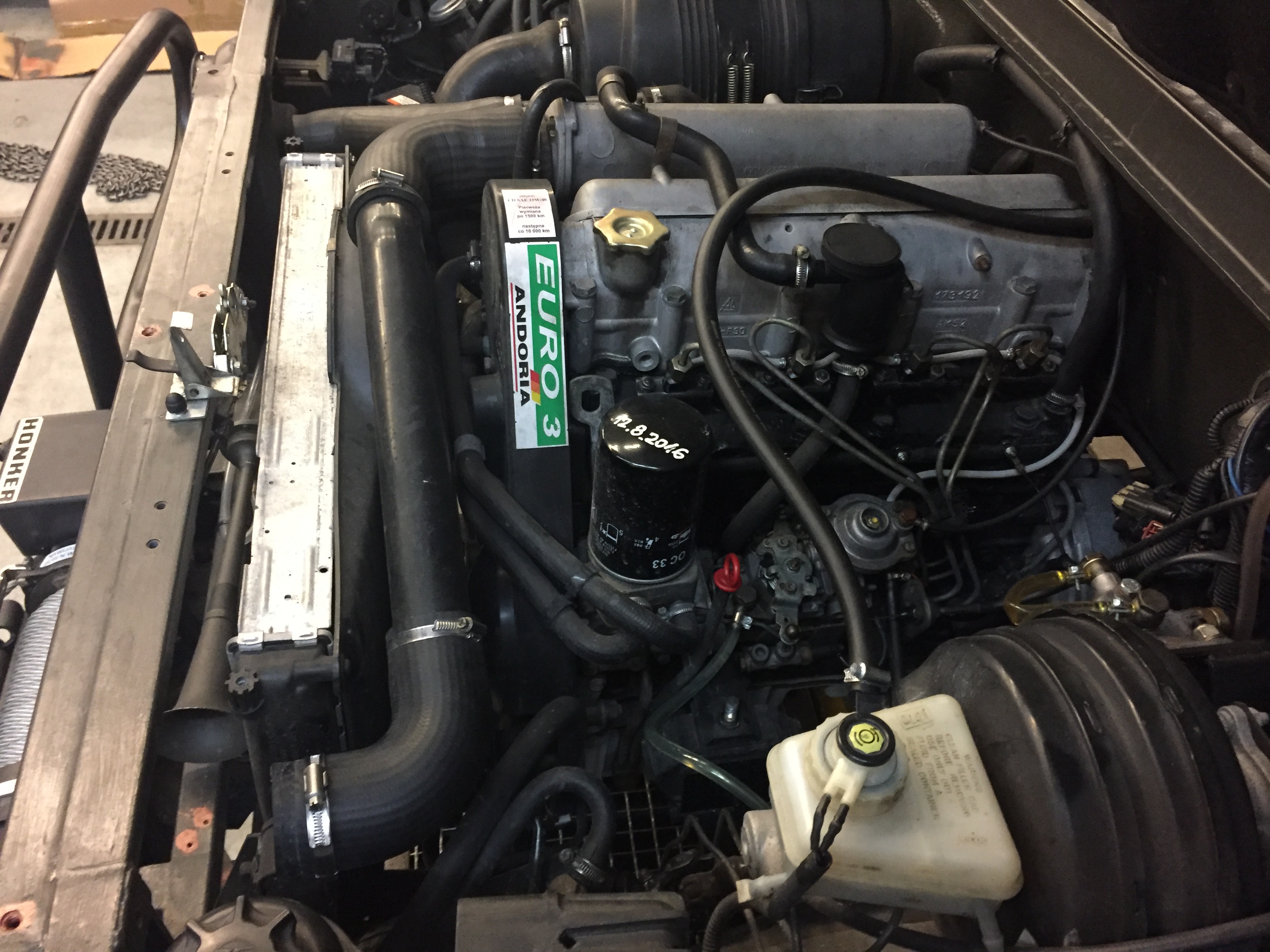
A little about injection pumps....
It is worth noting that andorii engines come in versions with Bosch rotary injection pump and Motorpal inline injection pump. There is a widespread opinion that the installation of an intercooler is only justified in the version with Bosch equipment(with Motorpal, you supposedly do not feel the increase in power), however, I have met many military vehicles, even those produced as late as 2014, which were equipped with a Euro3 version of the engine with an intercooler installed and with... a Motorpal pump.
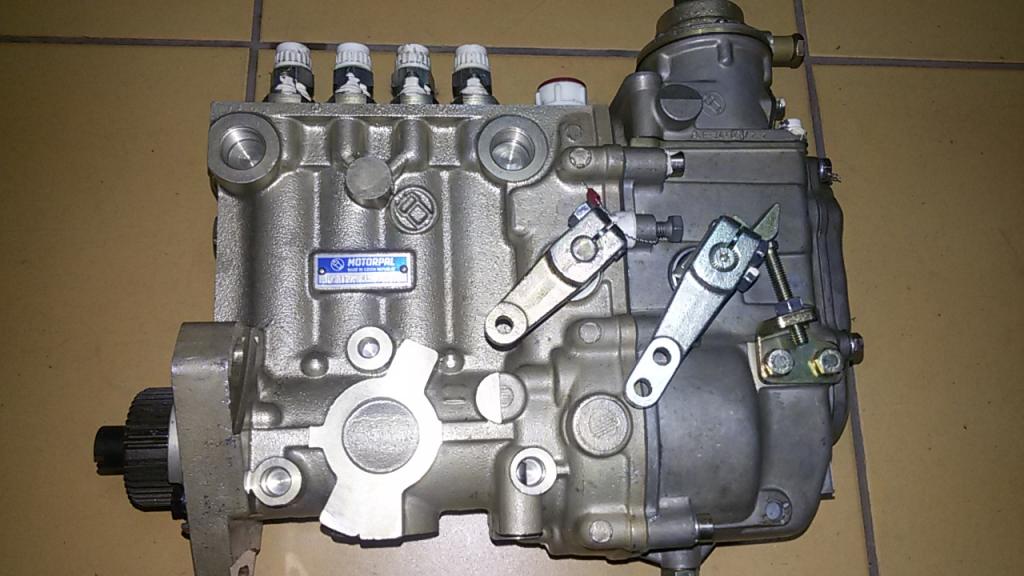

Another interesting fact (that few people know about) is that Bosch injection pumps in honkers with euro3 engines, although they look identical, came in two versions. The first, with the number 0460494480, was installed between 2003 and 2004, and the second, with the number 0460494485, was used from 2005. Engines with the former were 66kW while those with the latter were already 75kW... Supposedly, the pumps are the same and differ only in adjustment - but despite many attempts, we have so far been unable to clarify this issue unequivocally.
This is illogical insofar as it implies that vehicles with euro2 engine versions (without intercooler) and those with euro3 engines (with intercooler, with the first type of injection pump) do not differ in power at all. This is patently untrue, as we have confirmed through various tests - honkers with intercooler are perceptibly more dynamic. On the other hand, there is no perceptible difference between vehicles equipped with 66kW and 75kW Euro3 engines ... So we guess that, for example, for homologation reasons, no one made the appropriate conversion of the new power and this was not changed in the documents of cars after the modification was made. The change occurred only in 2005 since the cars have 75kW in the documents.
A bit about the intercoolers themselves....
Honkers 2000 to this day use air coolers derived from Iveco Daily - any of the versions from the 1990s. Originally, these radiators had a core thickness of about 45mm, while today there are NO such parts on the market because those manufactured for IVECO have changed and are now about 20mm thicker. - The exception is custom-made intercoolers, which, however, are 3 times more expensive than those generally available.
In Iveco, to which this part is dedicated, there is probably no problem and there is room for a thicker core, unfortunately, in honkers produced until about 2010, in which for various reasons the intercooler needs to be replaced with a new one, you already have to cut the front belt. In honkers produced since 2010, due to changes in the availability of parts, front belts have already been adapted for thicker intercoolers.

If we have a euro2 version honker and want to add an IC and so we were doomed to cut because there was no space provided for it in the front belt at all.
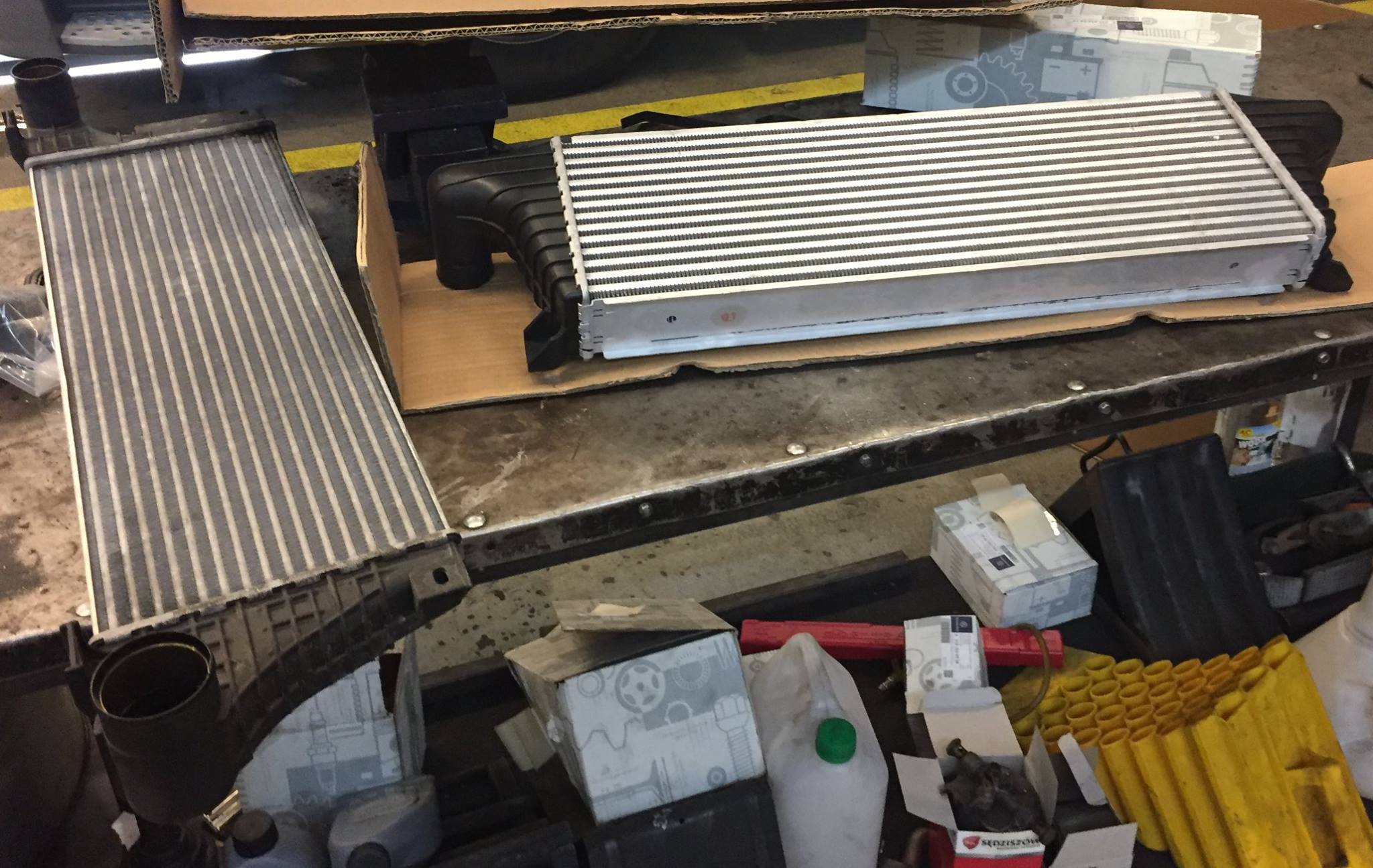
Description of the installation of a new type of IC, in vehicles equipped with factory air coolers (Andoria Euro3).
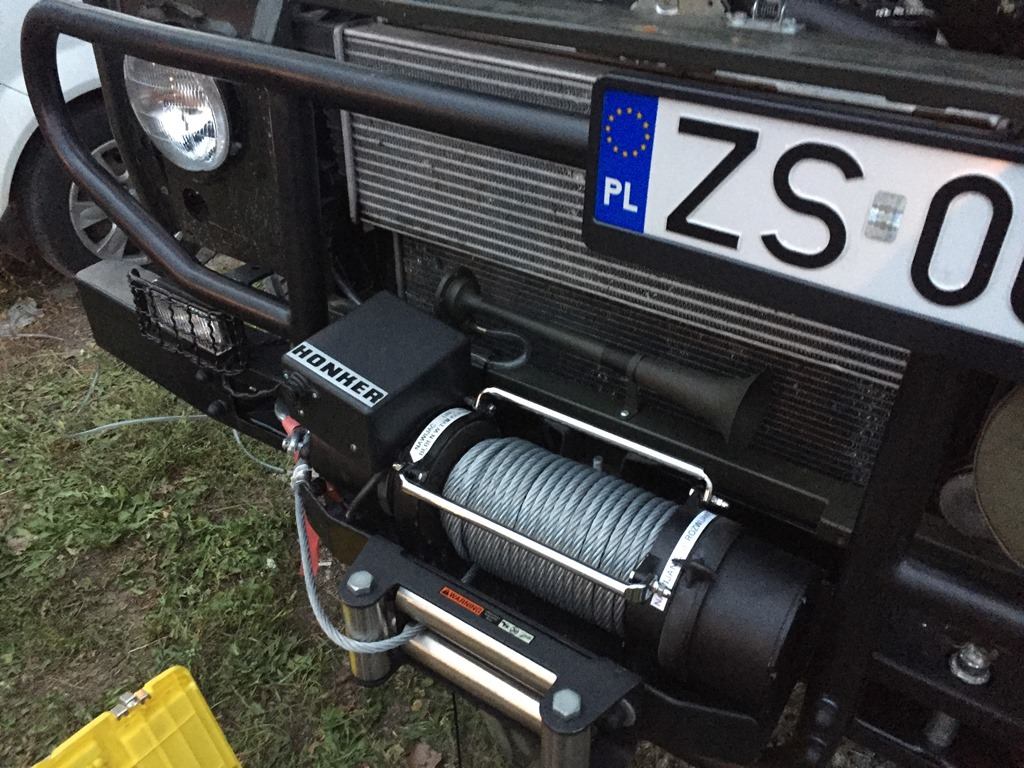

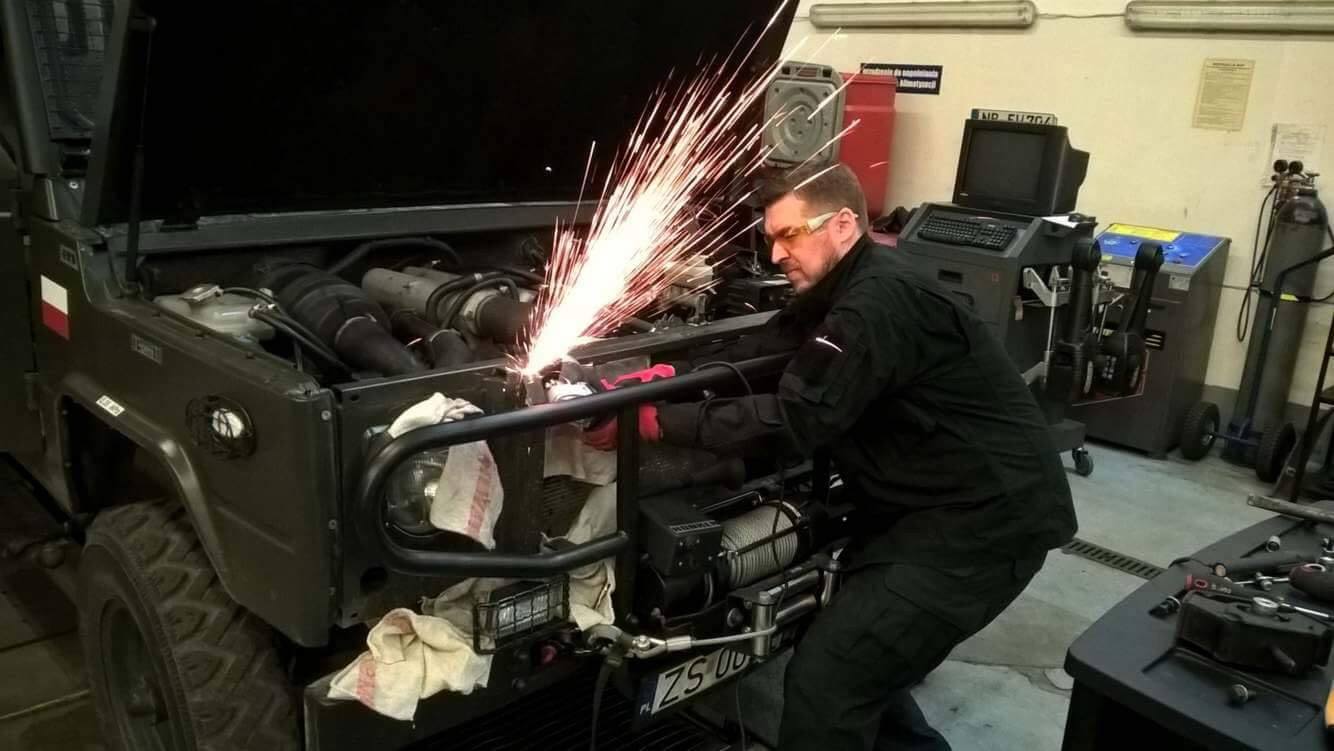
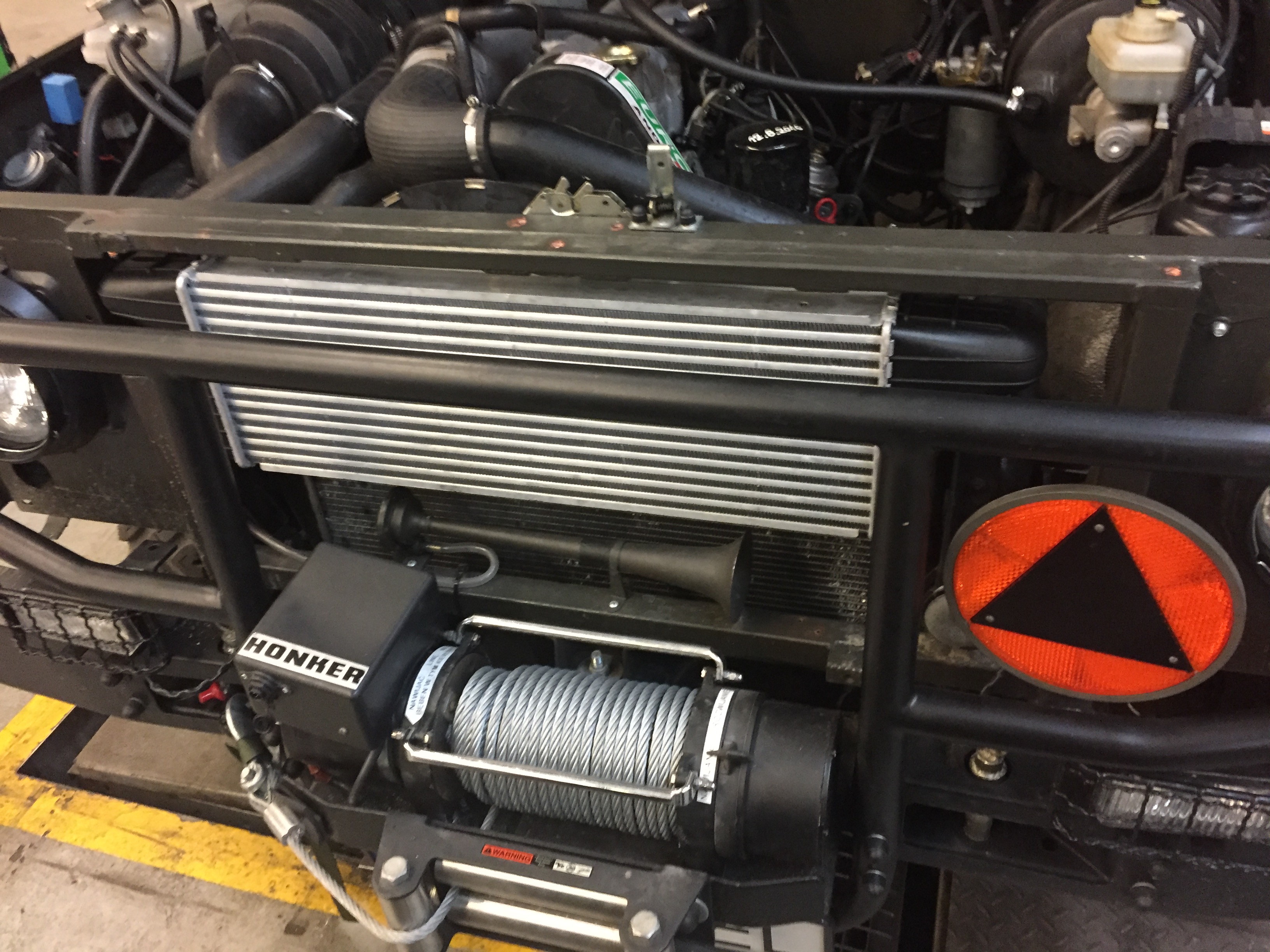
Description of the installation of a new type of IC, in vehicles not equipped with factory air coolers (Andoria Euro2).
- Preparing the front belt

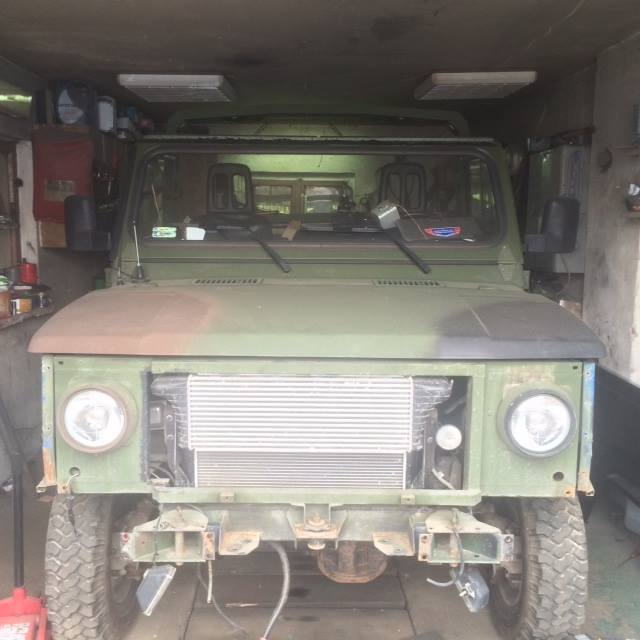
2. replacement of water cooler and water lines
In order to install an intake air cooler on a vehicle equipped with an andoria euro2 engine from the factory, it is also necessary to purchase a new water cooler, since the old one is different and is not suitable for the installation of an intercooler. In addition, we need to purchase new radiator mounts, a new plastic tunnel and rubber hoses, since the ones from the old one do not fit. The last necessary modification is to modify the mounts for the radiator mounts on the frame, since the new mounts are different from the old ones.

3. installation of intercooler and new air ducts
We bolt the intake air coolers to the previously installed new water cooler. We also need to purchase new air ducts (rubber and metal), dedicated to euro3 engines (unfortunately, the existing ones do not fit).




No comments on Converting Andoria 4CT90(euro2) to 4CTi90(Euro3) - and some related issues....